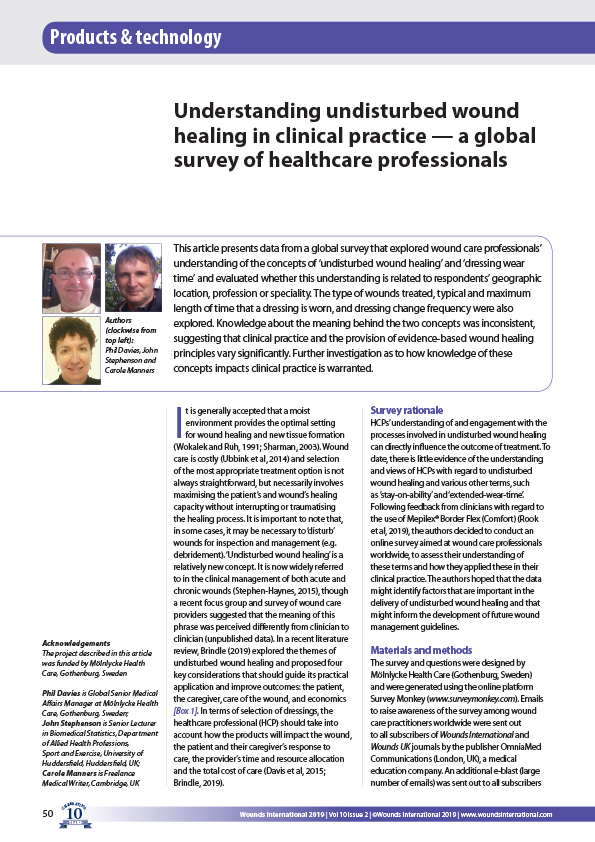<p>Lower-limb ischaemia is a frequently unrecognised consequence of arterial disease. It not only compromises wound healing, but is a harbinger of more generalised cardiovascular disease. Detection and appropriate management will not only improve wound healing, but also reduce patient morbidity and mortality by allowing proactive risk modification.Ischaemia is an important factor in skin vulnerability and a major cause of delayed wound healing. Recognition of ischaemia is, therefore, important if wound prevention strategies are to be effective and wound healing optimised. The detection of ischaemia can, however, be difficult and requires a careful evaluation of patient symptoms and clinical signs. It is also important to carry out a detailed physical examination, often supported by investigations, such as Doppler examination of peripheral pulses, ankle blood pressure measurements and the calculation of the ankle brachial pressure index (ABPI). </p>





